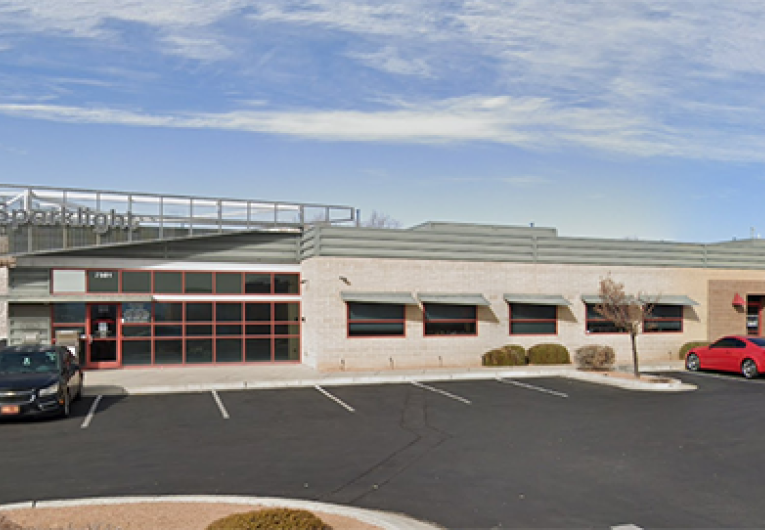
Point-to-Point Networking Questions Answered
Today's businesses require accessible, secure, and reliable connections. Point-to-Point networking and Point-to-Point over Ethernet deliver all three of the aforementioned qualities, but business owners may find these concepts difficult to grasp. Below, you'll find answers to your most pressing Point-to-Point integration and Ethernet network questions.
What is Point-to-Point Protocol?
Point-to-Point protocol (PPP) establishes a direct link between two endpoints, commonly referred to as nodes. In doing so, PPP allows routers to connect without networking devices in between.
Where is Point-to-Point topology used?
Point-to-Point encryption can be used in a variety of settings and contexts, including phone lines, cell phones, dial-up internet, and fiber-optic communication. PPP offers significant value among modern business owners, who desire a blend of convenience and security.
What are the benefits of Point-to-Point?
Point-to-Point networks provide a variety of benefits above and beyond other topologies, including the following:
- Speed: PPP networks can transport large volumes of information instantly over a secure network. Slow-downs — a common source of frustration for internet users — are virtually nonexistent with PPP.
- Security: Due to limited user accessibility, information shared over PPP networks remains secure. This element of security is rare among standard internet functions.
- Accessibility: Dedicated private lines remain connected at all times, and are therefore uniquely accessible.
What is Point-to-Point Protocol over Ethernet and How Does It Work?
A derivative of PPP, Point-to-Point Protocol over Ethernet (PPPoE) combines the best of PPP broadband connections with the security and reliability of business Ethernet. This approach allows multiple users to share a common Ethernet connection.
What Are the Stages of PPPoE?
The Point-to-Point Ethernet process consists of two distinct, but essential stages: discovery and PPP. Both are described in detail below:
Discovery Stage
During the discovery stage, the client (also known as the host) discovers all remote access servers (RAS) before selecting one. The host sends the RAS multiple packets, designed to obtain whatever information is necessary for building a Point-to-Point connection.
Point-to-Point Protocol Stage
Upon completion of the discovery stage, the host and RAS can proceed with the PPPoE session, in which data is transmitted nearly identically to a standard PPP session. The discovery stage and the PPP stage share an identical session ID.
What Are the Advantages of PPPoE?
Point-to-Point Protocol over Ethernet allows users to avoid special support from internet service providers, all while enjoying minimal equipment requirements. Users merely require a router, at least two devices, and an Ethernet cable. IDs and passwords allow for additional security, including close monitoring of user traffic.
PPPoE enthusiasts enjoy the protocol's expanded connectivity. While PPP is restricted to use between two nodes, PPPoE can accommodate several devices at once.
Cable ONE Business’s Ethernet services scale to meet a wide range of business needs. Call us today to learn more about Cable ONE Business Ethernet networking.
The trends, insights, and solutions you need to grow your business.
By signing up, you’re subscribing to our monthly email newsletter, The
Wire. You may unsubscribe at any time.
Your information stays safe with us. Learn more about our privacy
policy.











![[#MSP_NAME#] Logo](/themes/sparklight_business/images/transition-logos/migration-banner-logo-[#MSP_CD#].png)
